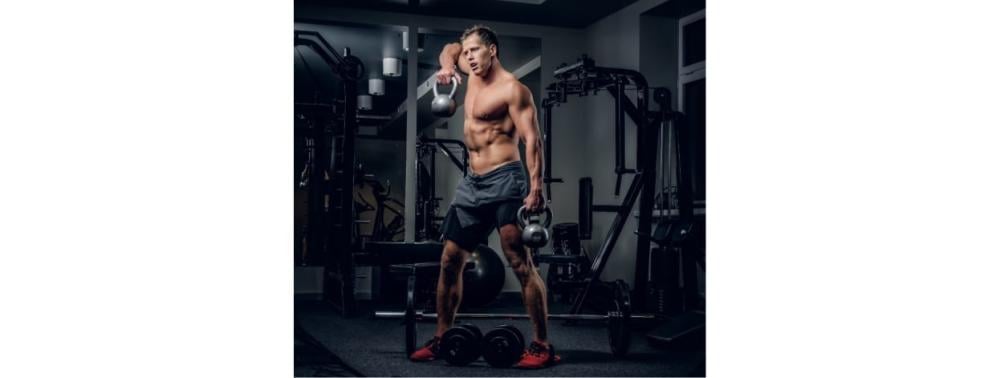Exercise is important for one's healthy well-being. It improves physical health, gives energy, lessens stress, and may even clarify one's mental faculties. But the thing most people want to know is: "Is it OK to work out every day?"
While daily exercise is great, the type, intensity, and duration count. You don't have to go all out every single day. In fact, rest is equally important for recovery and improvement.
In this article, we look at how many days you should go to the gym, the advantages of daily exercise, and how to schedule your workout routine to avoid burnout.
How Much Exercise Is Enough?
For most people, a day of rest each week is recommended. However, some prefer to work out daily. As long as the workouts aren’t too intense and you’re not overexerting yourself, daily exercise can be healthy.
Listen to your body; when tired or hurt, stop. Aim for at least 30 minutes of moderate-intensity physical activity most days. If you're able, you could take a shorter amount each time, though. Do intense workouts aim for about 150 minutes of moderate activity, or 75 minutes of vigorous activity, a week.
Benefits You Attain from Exercising Daily
Regular exercise has many other advantageous health effects. The reasons for regular exercise being especially important in life and healthy living are endless.
- Mood Enhancement: Physical activity triggers the release of endorphins, which can improve your mood and reduce anxiety or depression.
- Weight Management: Consistent exercise helps in regulating weight and supports weight loss or maintenance goals.
- Reduced Risk of Disease: Regular movement helps prevent chronic conditions such as cardiovascular disease, diabetes, and arthritis.
- Better Sleep: Physical activity improves sleep quality, allowing for deeper and more restful rest.
- Enhanced Energy Levels: The effect of regular exercise is increased stamina, hence daily activities would seem less exhausting.
Types of Workouts for Daily Exercises
A variety in your workout routine can prevent overuse injuries. Some forms of workouts that you can switch between are:
- Cardiovascular Workout: Aerobic exercises, such as walking, running, swimming, or cycling, keep your heart healthy and burn calories.
- Strength Training: Weight training, body-weight exercises, and resistance bands enhance muscle mass and increase bone density.
- Flexibility Exercises: Yoga and stretching improve flexibility, helping to reduce muscle tension.
- Balance Exercises: Tai chi or simply some balance drills enhance your stability and prevent falls as one gets older.
Shorter vs. Longer Workouts
It’s often more beneficial to engage in shorter, daily workouts rather than long, infrequent ones. Consistency is key. If you’re too busy for an extended session, try breaking up your workouts into several shorter sessions throughout the day. This can still offer great benefits while fitting into a busy lifestyle.
Staying Motivated
Setting realistic goals and mixing up your routine will keep you on track. For those who work out daily, this could mean going lighter on rest days with yoga or walking. Rest days are very important for recovery; if your body is telling you something, then take a break.
Daily exercise can be advantageous if incorporated into the life routine in a very heedful manner. Make sure to balance intensity, variety, and rest to avoid overtraining and injury. If performed consistently, the benefits from frequent physical activity will be considerable and improve your quality of life significantly.

